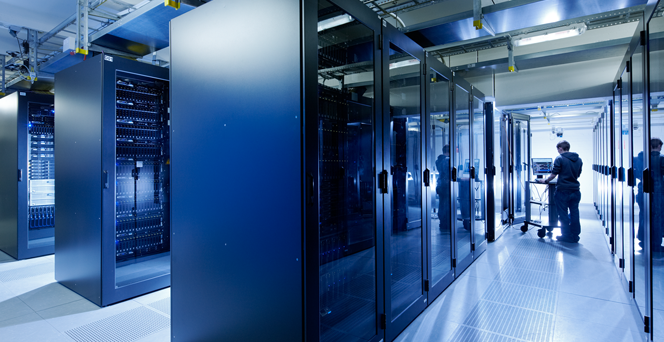URL: https://v1.desy.de/site_www-desy/content/research/facilities__projects/tier_2/Aufgabenuebersichtsplan_V1_201900816_eng.html/@@siteview
Breadcrumb Navigation

Tier-2
Grid computing centre Tier-2
The LHC accelerator near Geneva, the current flagship of particle physics and the world’s most powerful accelerator, generates data amounting to over 300 petabytes (300 million gigabytes) each year, enough to fill more than ten million Blu-ray discs a year. Thousands of scientists around the world analyse this flood of data – an enormous challenge with respect to data storage and computing power.
To manage this data torrent, information scientists use the concept of grid computing, in which computers distributed around the globe are linked together in such a way that they can be used as a powerful supercomputer. The data from the experiments are no longer stored and processed in one place, but distributed to a series of computing centres, from where they are transferred to other facilities and ultimately to the participating scientists. DESY is contributing large computing and storage systems to this worldwide computer network.
Tier-2 centre at DESY
More than 170 computing centres in over 40 countries are involved in the Worldwide LHC Computing Grid (WLCG). The grid comprises various levels, called tiers. The raw data generated by the LHC are first backed up on tape at CERN in Geneva, the Tier-0 centre. Following initial processing, these data are then distributed to several international Tier-1 centres for storage and reconstruction. These centres have the requisite storage capacity for large data volumes and are constantly connected to one another through the grid. One of the Tier-1 centres is the Grid Computing Centre Karlsruhe (GridKa) at Forschungszentrum Karlsruhe in Germany, which constitutes the primary central European node of the WLCG.
The Tier-1 centres make the data available to the Tier-2 facilities further down the grid hierarchy. These facilities, which comprise either a single computing centre or an interconnected number of them, constitute the decisive level for the scientific analysis of the data using grid tools. DESY operates such a Tier-2 centre distributed across its Hamburg and Zeuthen sites, which provides large computing and storage systems for the LHC experiments ATLAS, CMS and LHCb. It is one of the largest of all the WLCG centres and is used through the grid by research groups around the world. The scientists access the WLCG through local computing centres at their institutions (Tier-3) or from the computers at their desks (Tier-4).
This enables researchers all over the world to evaluate and analyse the stored data using the full computing power of the WLCG.


